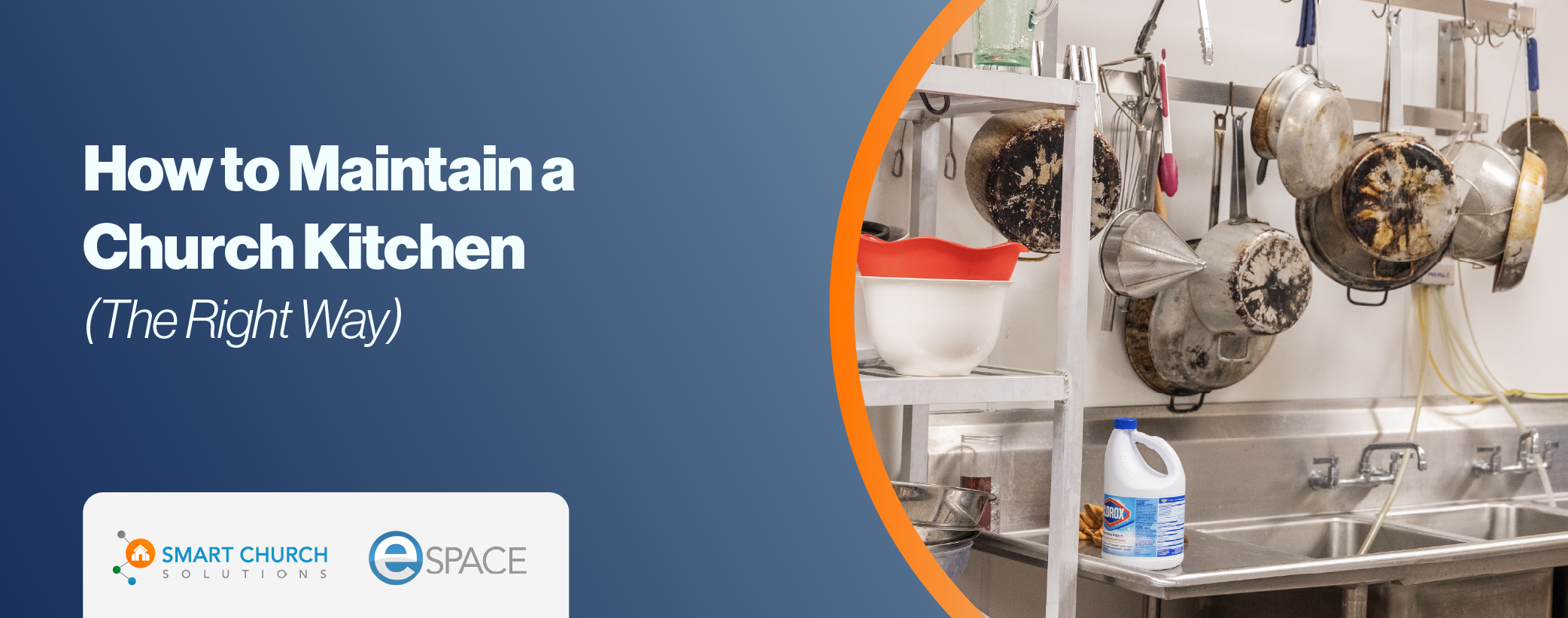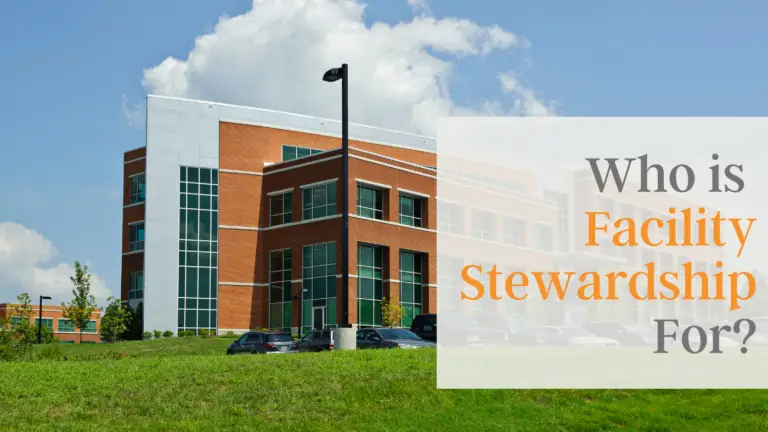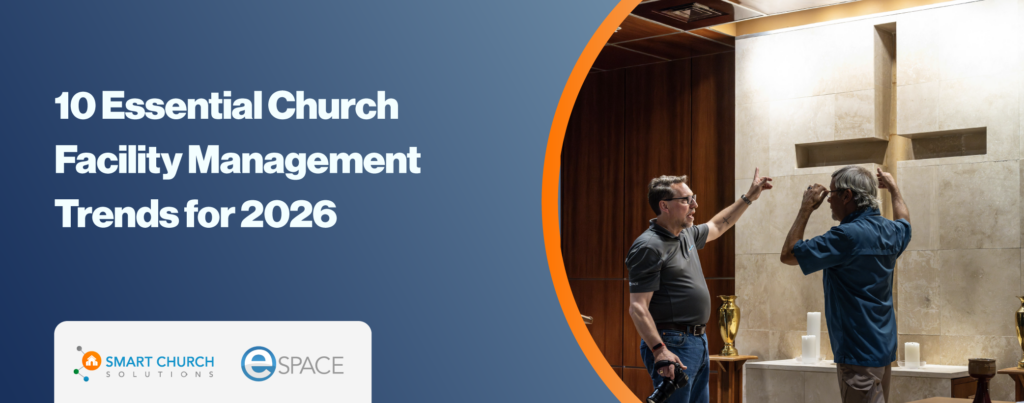For many churches, the kitchen represents more than just a place to prepare food. It’s a symbol of fellowship, hospitality, and ministry. But in the post-COVID landscape, the way churches use their kitchens has changed. Many congregations no longer host large, weekly meals, yet still carry the burden of maintaining full commercial kitchens—complete with fire suppression systems, ice machines, and expensive appliances that rarely get used.
So the big question isn’t just how to maintain a church kitchen—it’s whether you’re maintaining a kitchen you even need.
Step 1: Ask the Hard Question — Do You Really Need a Full Kitchen?
Before diving into checklists and compliance, stop and ask: “Do we actually need a commercial kitchen?” Churches across the country were often built with the assumption that they’d prepare meals for hundreds multiple times per week. But today, 80–85% of churches have more kitchen than they need.
That’s not just wasted space—it’s a stewardship liability. Why? Because every extra piece of equipment requires:
- Ongoing maintenance
- Health code compliance
- Fire safety inspections
- Liability coverage
And if your church is already understaffed or underfunded, you’re probably not maintaining that equipment to code. That’s not just a problem—it’s a potential life safety hazard.
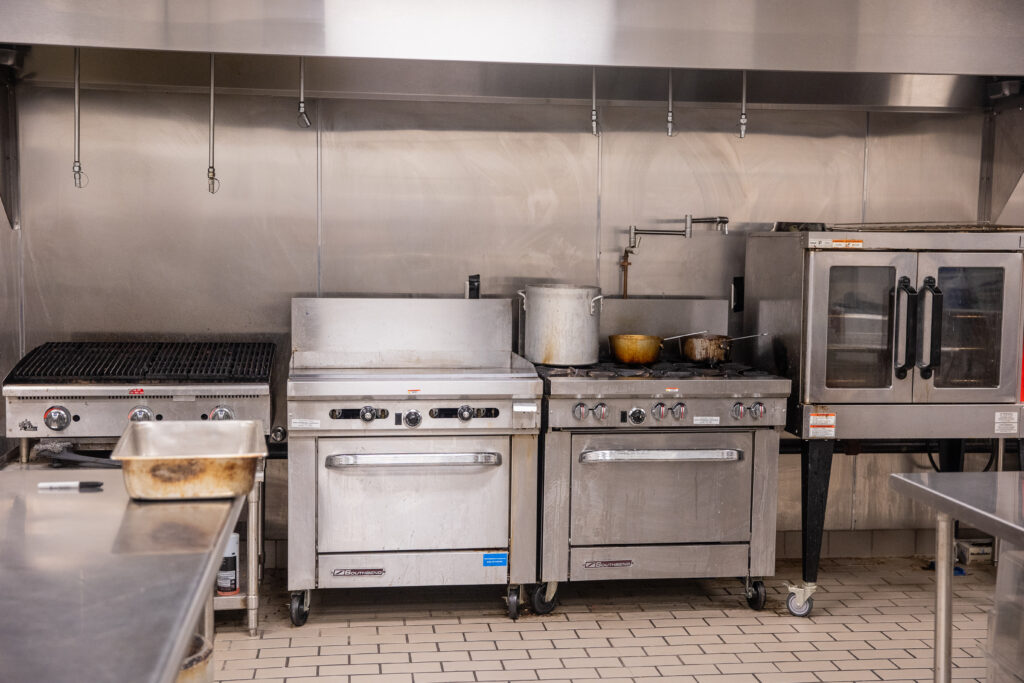
Step 2: Understand What’s Required to Maintain a Commercial Church Kitchen
Let’s say you do have a legitimate reason to keep a commercial kitchen—maybe your church runs a school, daycare, food outreach, or after-school program. If that’s the case, here’s what you must do to stay compliant and safe:
1. Fire Suppression Systems
If your kitchen includes any stove or oven (even residential), you’ll likely need a fire suppression system—typically an Ansul system. That system must:
- Be professionally inspected twice per year
- Be connected to your monitored fire alarm system
- Be able to automatically trigger fire department notification
Installing or upgrading these systems can trigger costly code requirements, especially if they’re not already connected to an alarm.
2. Grease Traps
If your kitchen has a sink, you need a grease trap—especially if fats, oils, or grease from food preparation or dishwashing could enter the sewer system. These devices are designed to capture grease before it reaches plumbing lines, where buildup can cause clogs, backups, and costly repairs.
You’ll likely need a grease trap if your church kitchen:
- Regularly cooks or fries food (not just reheats or serves)
- Washes pots, pans, or dishware with food residue
- Hosts frequent or large-scale meals, such as Wednesday dinners, banquets, or daycare meal prep
You may not need one if the kitchen is:
- Used only for coffee service, light reheating, or serving prepackaged foods
- Essentially, a warming kitchen without dishwashing or cooking grease
Maintenance requirements include:
- Regular pumping and cleaning
- Scheduled service documentation
- Compliance verification with local utility and health authorities
Failure to maintain a grease trap—or to install one when required—can lead to backups, health hazards, and fines.
3. Ice Machines
You might not think of the ice machine as a risk—but it absolutely is. “99% of church ice machines I inspect have mold growing inside.” Most ice machines are rarely cleaned properly. Maintenance includes:
- Regular internal sanitation (not just wiping the outside)
- Replacing air and water filters as specified by the manufacturer
Inspecting for mold, mildew, or cross-contamination - Using and storing the scoop in a clean, protected container
If you’re not regularly opening the lid and checking the inside, you’re probably serving contaminated ice.
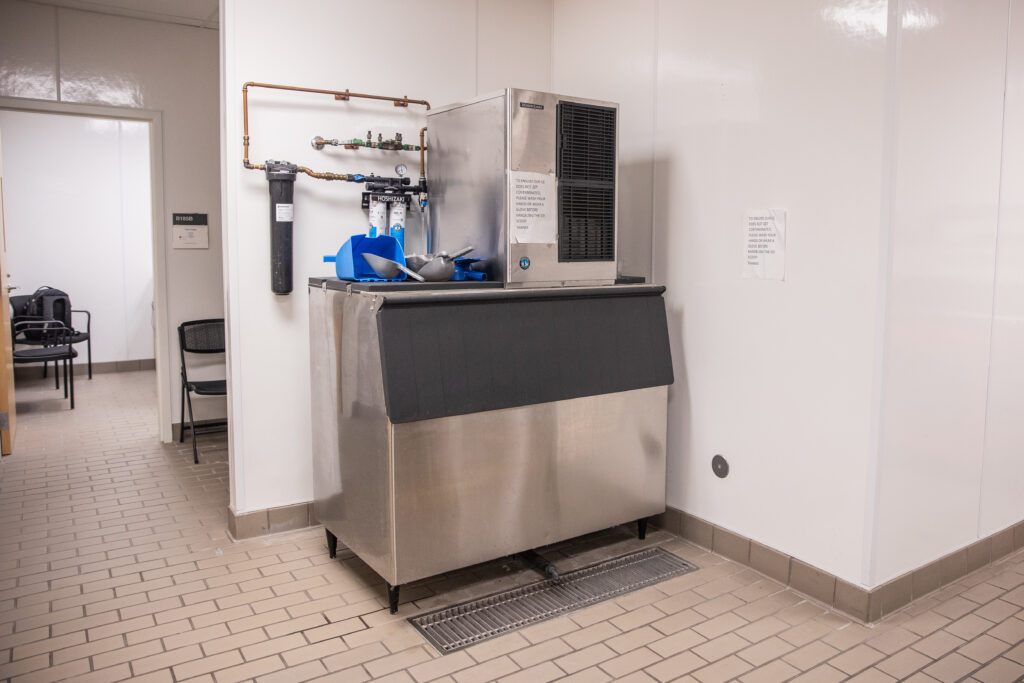
4. Hoods and Ventilation
Ventilation hoods are designed to pull grease from the air, which means they trap a lot of grime. To maintain:
- Clean them beyond surface level—this includes filters and inner components
- Schedule professional cleaning as required by your local fire code
- Verify that the hood isn’t obstructed or failing to pull smoke/grease
Failure to clean hoods properly can cause grease buildup, which is a leading cause of commercial kitchen fires.
5. General Cleaning & Equipment Maintenance
Church kitchens often rely on volunteers—but commercial kitchens have different standards than home kitchens. Maintenance includes:
- Deep cleaning ovens, backsplashes, stove areas—not just wiping them down
- Checking under and around equipment for grease and dust buildup
- Verifying that food-holding equipment is meeting the correct temperature standards
- Replacing or servicing burnt-out warming bins, fridges, and freezers
- Cleaning cutting boards per food-safe regulations (color-coded boards recommended)
If your oven hasn’t been deep-cleaned inside in years, or if you see grease buildup around appliances, you’re overdue.
6. Food Safety Compliance
If your kitchen is used for any kind of food service, even potlucks or light prep, you’re likely subject to state and local food handling laws. That means:
- Having a certified food safety manager on-site during kitchen use
- Requiring food handler cards for all kitchen volunteers
- Keeping a stocked first aid and burn kit (beyond just Band-Aids)
- Providing burn blankets or fire blankets for a grease fire response
“Just because it’s Mary Sue’s famous casserole doesn’t mean Mary Sue is above food safety laws.”
Step 3: Consider the Cost of Compliance
Here’s the hard truth: A commercial kitchen doesn’t just require one-time investment—it demands ongoing costs in three key areas:
- Time
- Personnel
- Money
If your church doesn’t have all three, you’re either out of compliance or you will be soon.
And if you’re only using your kitchen 2–3 times a year? You’re likely better off:
- Hosting food truck events
- Catering from licensed kitchens
- Or partnering with local vendors
You’ll save money—and reduce liability.
Step 4: Alternatives That Work Better for Most Churches
If your current kitchen is more of a burden than a blessing, consider redesigning it.
Many churches are turning their oversized kitchens into:
- Coffee service stations
- Community lounges
- Prepackaged food prep areas
- Multipurpose spaces
These redesigned spaces:
- Require less compliance
- Cost less to maintain
- Are easier for volunteers to manage
- Are still great for fellowship
A simple beverage station with hot and cold drinks, refrigerated snacks, and warming drawers can serve 90% of today’s church hospitality needs—without the weight of a commercial kitchen.
Final Word: Stewardship Means Making the Right Call
Your church kitchen is a ministry tool—but only if it’s being used well and maintained right.
If you’re not cooking at scale multiple times per week, it may be time to let go of the idea that bigger is better. Maintenance requirements aren’t optional. And neglecting them puts your church at risk—not just of fines, but of real safety hazards.
So if you’re wondering how to maintain a church kitchen, the first step might be to scale it back.
Need Help Assessing Your Kitchen or Facility?
At Smart Church Solutions, we help churches and Christian schools make wise, informed decisions about their buildings. Our Facility Condition Assessments and Work Order Management tools are designed to make stewardship easier, clearer, and more effective.
Ready to stop guessing and start maintaining wisely?


